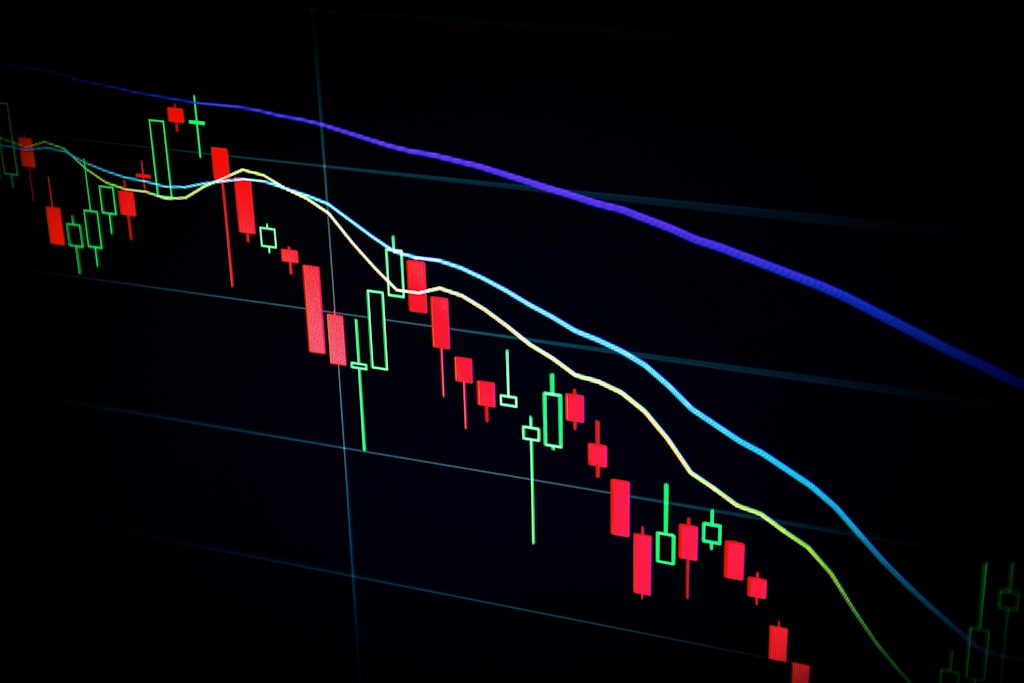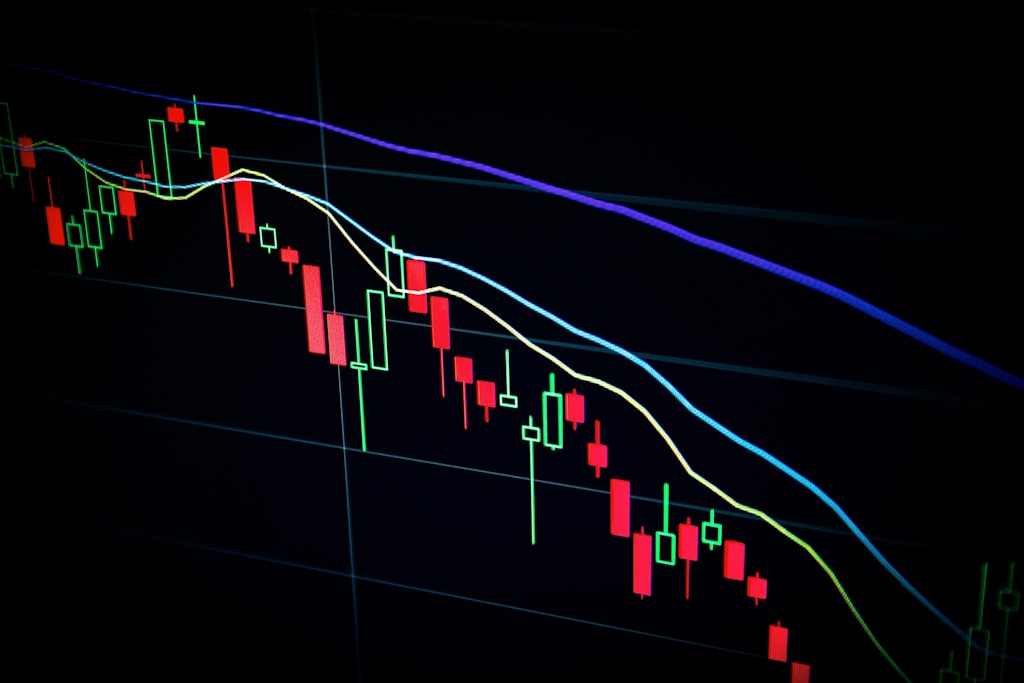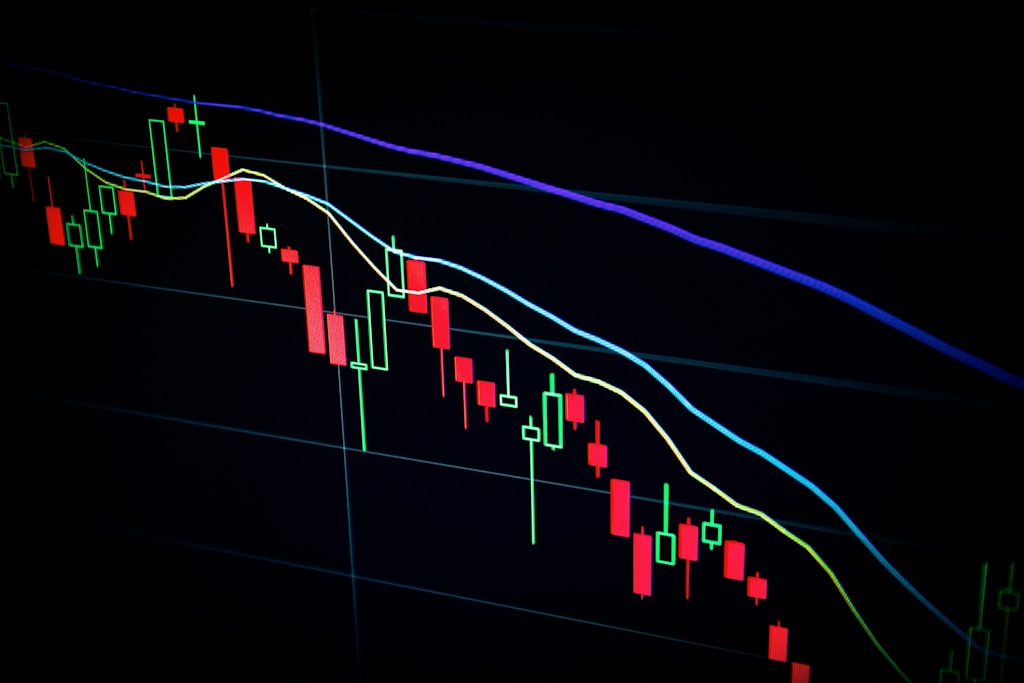ARK Invest CEO Cathie Wood has issued a highly bullish Bitcoin price prediction, suggesting significant upside potential for the leading cryptocurrency. This analysis comes as Bitcoin continues to show strength above $104,000, demonstrating the resilience Wood highlights in her assessment.
Wood’s Bitcoin Analysis: More Than Just Price Action
Wood’s optimism stems from a comprehensive analysis comparing Bitcoin’s performance against gold. The ARK Invest CEO emphasizes Bitcoin’s growing resilience in the face of market turbulence, suggesting this characteristic is increasingly attracting institutional attention.
SPONSORED
Maximize your Bitcoin trading potential with up to 100x leverage on perpetual contracts
Institutional Adoption Driving Growth
Wood highlights increasing institutional participation from major players including Circle, Coinbase, Robinhood, and SoFi. This adoption wave comes as regulatory clarity improves, particularly following recent policy developments.
Financial Sector Transformation
According to Wood, the financial services industry is approaching a major transformation over the next 5-10 years. Bitcoin and cryptocurrencies are positioned to play a central role in this evolution, potentially reshaping traditional finance.
FAQ: Key Points from Wood’s Analysis
- What is Wood’s Bitcoin price target? Wood suggests Bitcoin has significant upside potential, with fundamentals supporting continued growth.
- Why is institutional adoption important? Increased institutional participation provides stability and legitimacy to the crypto market.
- How does regulation impact Bitcoin’s outlook? Clearer regulations are enabling broader adoption by major financial institutions.
Market Implications and Investment Outlook
Wood’s analysis suggests the current market conditions favor risk assets, with Bitcoin leading this trend. The combination of institutional adoption, regulatory clarity, and technological advancement creates a potentially powerful catalyst for future growth.






